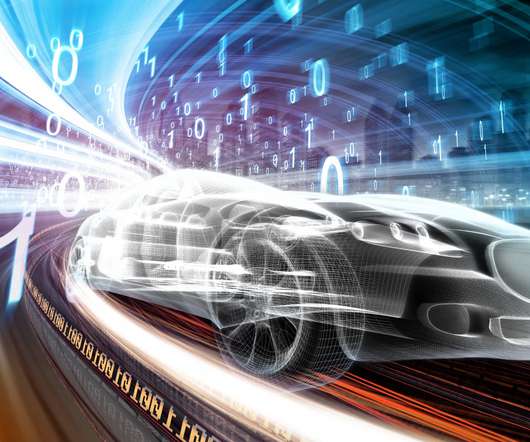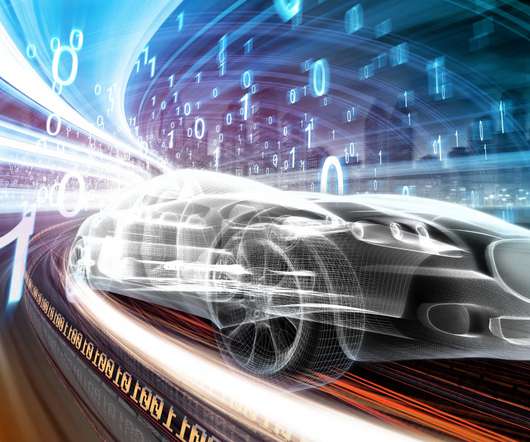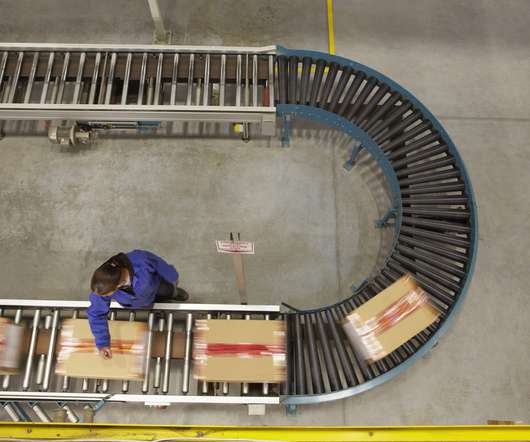Recreating Organizational Architecture Through Network Orchestration
CIO Business Intelligence
MAY 4, 2022
For the first time in a century, we continue to live with a mix of restrictions on social interactions, travel, and assembly. They pooled their expertise to come up with data-enabled services leveraging the breadth of FedEx’s international digital and logistics network with Microsoft’s advanced cloud computing technology. .















Let's personalize your content